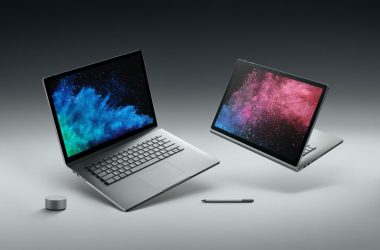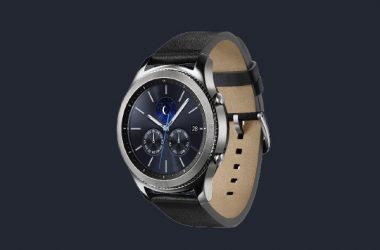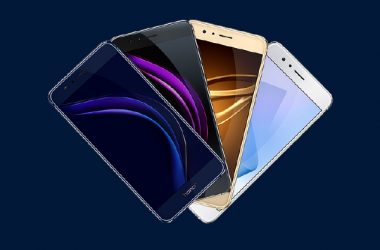AS STEVE JOBS WOULD HAVE IT, THE RECENTLY UNVEILED iPhone 4 represents the biggest revision for the iPhone since the device’s original 2007 release.
 With its flat, glass back and stainless steel edges, it might remind you more of a Braun appliance than a cell phone. The iPhone 4 is a brand new device from the inside out, and when you get your hands on one, you’ll be able to tell in an instant that this is a different beast from its predecessor.
With its flat, glass back and stainless steel edges, it might remind you more of a Braun appliance than a cell phone. The iPhone 4 is a brand new device from the inside out, and when you get your hands on one, you’ll be able to tell in an instant that this is a different beast from its predecessor.
Despite the new phone’s outwardly different appearance, some things haven’t changed. When you first heft the iPhone 4, you still get the sense that it is an extremely solid, well-put-together device. According to Apple’s specs, the iPhone 4 is a tenth of an ounce heavier than its predecessor, the 3GS, though as it measures in at a narrower 2.31 inches (to the 3GS’s 2.4 inches) and a thinner .37 inches (compared to the 3GS’s .48 inches), you get the impression of an incredibly dense device.
Both the back and front of the phone are now made of glass, coated with the same oleophobic layer used on the 3GS. Apple claims the glass is 30 times stronger than plastic and rivals sapphire crystals for strength.
The left side of the phone now features a pair of round, metal volume buttons rather than the rocker switch of earlier models. The mute switch has also been changed; no longer the angled switch of previous iPhones, it just slides up or down.
Apple has also moved the SIM card to the right side of the phone, and changed it from the full-size card found in previous models to the micro-SIM used in the iPad.
Besides the usual Sleep/Wake button and headphone jack on the top of the phone, Apple’s also added a second microphone for noise canceling. Unfortunately, we didn’t have an opportunity to try out the calling features on the iPhone 4, so an assessment of whether or not that noise-cancellation lives up to its name will have to wait.
Apple calls the display on the iPhone 4 a “retina display.” At 960 by 640 pixels, the iPhone 4 display is double the screen resolution of its predecessors. At 326 pixels per inch, the iPhone 4’s display offers a level of legibility that you’ve come to expect from the printed page, not a computer.
Text displays no pixellation, and photos and videos are absolutely spectacular on the iPhone 4. It really is like looking at a self-illuminated photographic print, not a computer image.
We got to spend some time playing with the iPhone 4’s two cameras. The rear camera is a 5-megapixel model, up from 3 megapixels on the iPhone 3GS. The photos we took looked great in preview mode on the phone.Also new to the rear-facing camera is an LED flash.
The iPhone 4’s front-facing camera isn’t a 5-megapixel wonder; it’s a 640-by-480-pixel camera (three-tenths of a megapixel, if you’re curious) designed to be used primarily with the new FaceTime video-chat system.
We got to spend a few minutes using two new iPhone apps, iMovie and iBooks. iMovie’s performance was impressive. It felt very smooth. And the iMovie interface seems, if anything, more suited for the iPhone’s touch interface than for the Mac interface. Trimming a clip is a simple as tapping on it and dragging a pin right or left.
iBooks on the iPhone 4 takes great advantage of the new phone’s high-resolution screen. Text is amazingly crisp.
Now the wait begins.
VERDICT: Aye (as long as you are not a BlackBerry fan).





